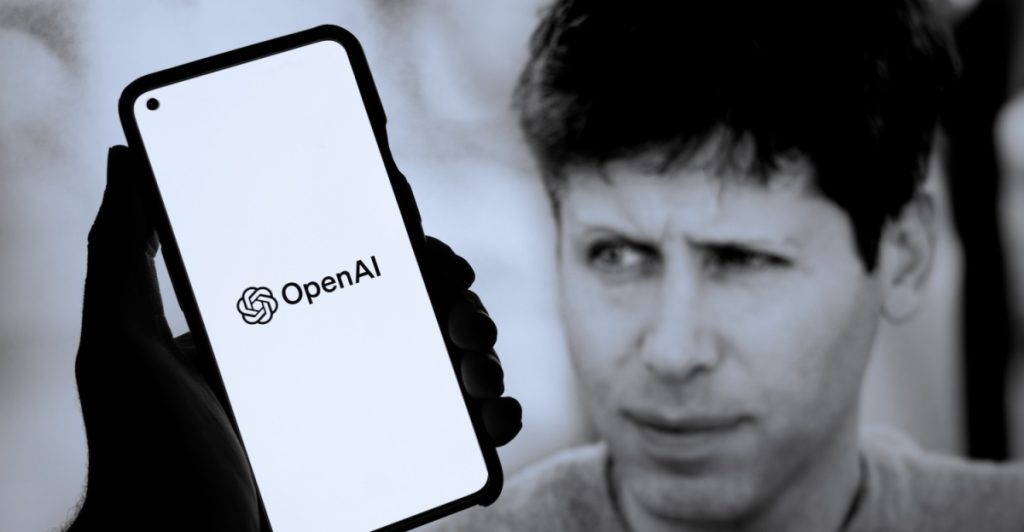ChatGPT’s rise has reordered how we search, work, and study, and unleashed a fresh round of hype and anxiety about what “intelligence” means in a digital economy.
Others are reading now
In three years, ChatGPT has gone from curiosity to default starting point for millions of people trying to understand the world. Its rise has reordered how we search, work, and study, and unleashed a fresh round of hype and anxiety about what “intelligence” means in a digital economy.
This piece draws on recent reporting and academic work to offer an interpreted, opinionated look at what has really changed.
Three Years Of ChatGPT
As The Information reports, ChatGPT now counts around 800 million weekly users, and roughly a third of U.S. adults say they’ve tried it, with usage even higher among under-30s. Instead of typing “what is inflation” into Google, many users simply ask the chatbot.
Basic “what does this mean?” queries have quietly shifted from search boxes to chat windows. Studies cited by The Information suggest generative-AI traffic is growing far faster than traditional search, and hundreds of millions of users now treat tools like ChatGPT as their primary way to look things up.
Google has responded by stuffing Gemini summaries at the top of results, driving a spike in “zero-click” searches and slicing referral traffic to news sites. Search still matters, but explanation has started to outrank lists of links.
Productivity promised, layoffs delivered
In research synthesized in ScienceDirect, scholars argue AI can supercharge research efficiency by automating literature reviews, data extraction, and even experiment design. Across fields, AI tools already compress work that took weeks into hours, freeing humans for higher-order analysis — at least in theory.
Also read
On the ground, the story is messier. CNBC’s reporting on “AI-washing” finds that some firms openly cite AI when cutting jobs, while experts see little evidence that the technology alone explains historic white-collar layoffs at companies like Amazon, UPS, and Target.
AI is clearly enabling some restructurings and future hiring cuts, but old-fashioned cost pressure, strategy shifts, and investor expectations still do much of the talking. Blaming everything on AI can be a convenient way to dress up austerity as innovation.
A landscape of competitive shifts
The competitive landscape around ChatGPT has also shifted. Fortune reports that Salesforce CEO Marc Benioff — a high-profile OpenAI booster whose company just deepened its partnership with GPT-5 — publicly declared he is “not going back” after two hours with Google’s new Gemini 3 model.
Gemini 3 quickly topped crowdsourced leaderboards and drew praise from figures like Sam Altman, Andrej Karpathy, and Patrick Collison. An internal memo, obtained by The Information, shows Altman warning staff to expect “rough vibes” and temporary economic headwinds as rivals catch up.
Three years in, the “AI brand” most people know is still ChatGPT — but model leadership is now contested, and loyalty can flip in a weekend.
Also read
The student becomes the… worried student?
Perhaps the most striking ambivalence comes from teenagers, a group deeply intertwined with new tech.
Research commissioned by Oxford University Press and reported by The Guardian finds that 80% of UK students aged 13–18 use AI for schoolwork, yet 62% say it harms their skills.
A quarter admit it makes homework “too easy,” and many worry it encourages copying rather than learning. Some say it limits creativity; others credit it with helping them finally grasp difficult maths or think faster.
Crucially, students say they want more guidance from teachers on when and how to use AI well. That tension — between shortcut and scaffold — may define the next phase of the ChatGPT era as much as any new model release.
It also poses a serious question to the global system of education: Will our teachers be equipped with the proper tools and knowledge to properly give our younger generations enough of an understanding of what AI truly is?
Three years after launch, ChatGPT hasn’t replaced search engines (yet), classrooms, or researchers. It has, however, become the gateway through which millions now approach problems, and the reference point against which every new model, layoff announcement, and lesson plan is judged.
Also read
Sources: The Information, ScienceDirect, CNBC, Fortune, The Guardian.


